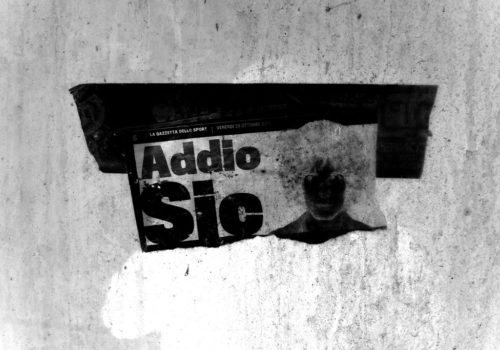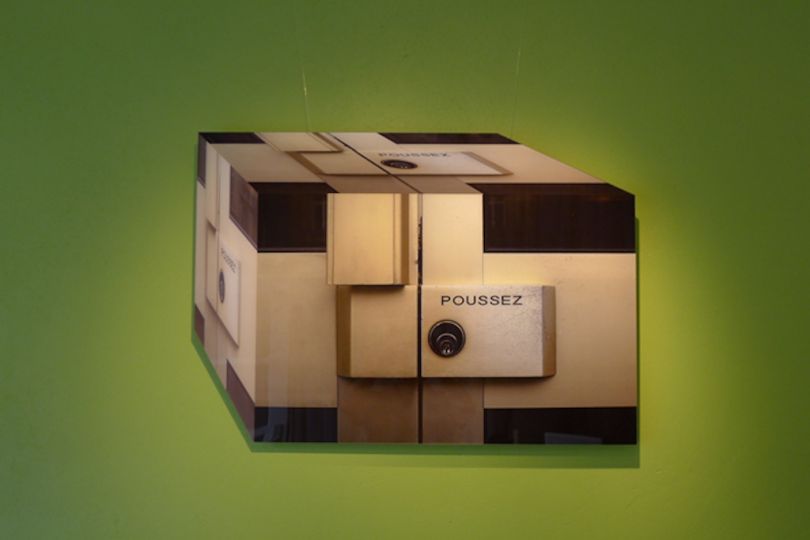In the age of digital photography, the photographic negative has lost its function as the prerequisite for reproduction. Does this also mean that it has lost its unique artistic relevance as well? This is one of the questions Marc Peschkes asks through his new series « Maschera ».
The negative is an imprint of reality, yet at the same time it acts as a mask. The Korean-German philosopher Byung-Chul Han has pointed out that the absence of a negative in digital photography means „the absence of growth, of aging, and of death.“
Ralf Hanselle has described the negative as an image “in between.” In his most recent work, Thomas Ruff has worked with these “in-between images.” In a series titled “Negatives,” Ruff uses historic images, in one case a picture of Indian maharajas, and colours them in the cold blue of the negative. Ruff’s material remains impersonal and lacking a direct connection to the author.
Peschke’s approach is the exact opposite. His images originate in photos taken primarily on travels in Southern Europe, and the final motive is then created in the “darkroom” of the computer. The artist works to create images recalling the mysterious, alchemistic aura of old photographic prints. Influences include the history of Avantgarde-photography, the formal experiments of the early 20th century and the idea of subjective photography. Peschke’s works repel any descriptive and documentary interpretations, but rather concern themselves with processes of mystification and obscurity.
In a sense, the new works are “masks” of the original: not imprints, but re-interpretations. They expose their contents while simultaneously shrouding them in mystery. These works address the double identity of images and the shadow inherent in all representation. The dark “doppelganger” of the image is at the centre of Peschke’s artistic practice. His works are explorations into the unconscious and the invisible of the image.
Marc Peschke

















